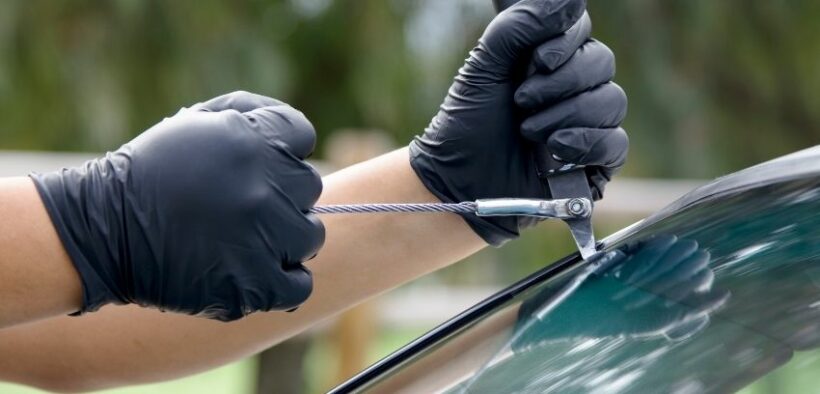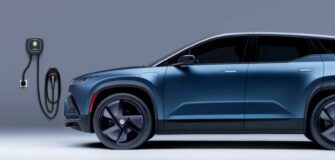The Manufacturing Revolution of Fusion5 and Its Impact on the Future of Driving

For many, a car is merely a means to an end, a practical vessel to transport us from point A to B. However, for the devoted enthusiasts among us, a car is an extension of our soul—a symphony of power, precision, and performance. The 2024 Acura TLX Type S, alongside other sport sedans like the Audi S6, BMW 5 Series, and Cadillac CT5-V, resonates with those who seek not just transportation but an exhilarating driving experience. Today, we dive into the technological marvel that contributes to the efficiency, safety, and performance of these vehicles—the groundbreaking Fusion5 automotive glass.
The Glass Evolution
In the realm of automotive glass, evolution has been constant. From the traditional soda-lime glass to the advent of Gorilla Glass strengthening smartphone screens, the journey now reaches a pinnacle with Fusion5. Developed by the innovators at Corning, the same minds behind Gorilla Glass, Fusion5 is a borosilicate glass utilizing boric oxide. This “hard glass” boasts a melting point of 1,650 degrees Celsius, far surpassing soda-lime’s 1,000. What sets Fusion5 apart is its unique chemistry, causing molecules to densify and harden upon impact, offering unprecedented strength.
The Science Behind Fusion5
Fusion5 emerges as a game-changer in the quest for efficiency, offering five times more scratch resistance, four times more resilience to sharp impacts, and double the resistance to thermal shock compared to traditional soda-lime glass. Moreover, with a thermal expansion coefficient half that of old-school glass, Fusion5 is exceptionally resistant to temperature-induced stress, making it ideal for various climates. What’s more, it is approximately 10 percent less dense than soda-lime glass, contributing to weight reduction—a boon for both efficiency and electric vehicle range.
 Crystal-Clear Vision
Crystal-Clear Vision
Optical clarity is paramount, especially as designers embrace steeper windshield angles for enhanced aerodynamics. Fusion5, produced through a meticulous vertical cooling process, offers unparalleled optical purity. Unlike conventional glass, Fusion5 demonstrates 50 percent less optical distortion, providing a clear and undistorted view for both humans and the advanced sensors crucial for modern vehicle technologies.
The Manufacturing
While borosilicate glass isn’t new, Corning has revolutionized its application in the automotive industry. By lowering the softening point, Fusion5 can be formed using existing manufacturing equipment, resulting in less scrappage and higher production efficiency. The ability to integrate inner-layer materials for safety glass, acoustic glass, and head-up displays further positions Fusion5 as a versatile and indispensable component in the automotive landscape.
The Future of Fusion5
Production of Fusion5 commenced in the second quarter of this year, with the first fitment in a yet-to-be-disclosed OEM vehicle. As Fusion5 takes center stage, promising a clearer, lighter, and safer driving experience, we anticipate a paradigm shift in automotive glass technology. It’s not just material; it’s a revelation—a testament to the relentless pursuit of excellence in the automotive realm.
In the world of automotive innovation, Fusion5 stands tall as a testament to the relentless pursuit of excellence. As it graces the windshields of future vehicles, get ready to witness a new era of clarity, strength, and efficiency. The road ahead has never looked clearer.









